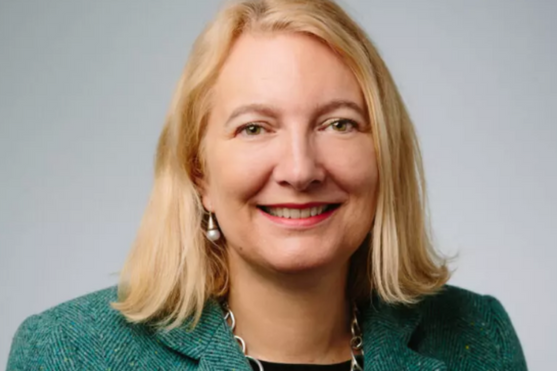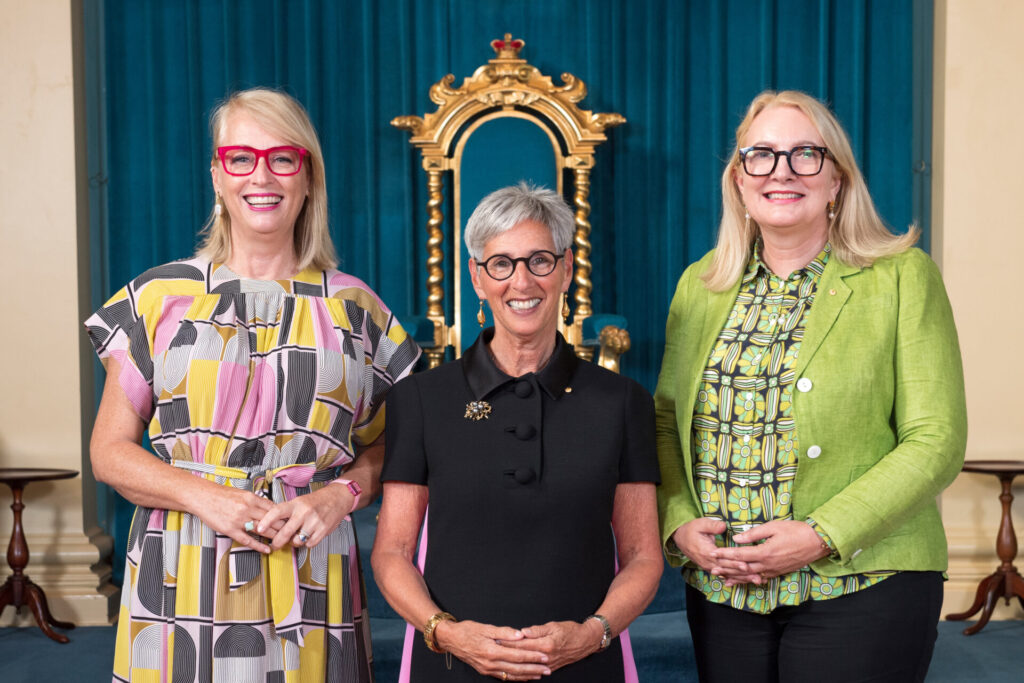

Dr Catherine Brown OAM (right).
Lord Mayor’s Charitable Foundation is marking its 100th anniversary in 2023. Philanthropy Weekly spoke to CEO Dr Catherine Brown OAM in the lead up to the celebrations.
Philanthropy Weekly: What do you see as the highlights for Lord Mayor’s Charitable Foundation from the last 100 years? Where has the Foundation been leading the way?
Catherine Brown: Probably the highlight is that we’ve led the way in collective giving for 100 years. I think it was amazing that Sir John Swanson thought about creating a fund and didn’t just recognise the issues that were facing Melbourne, but also thought about how to address those issues as a community.
The first community foundation in the world was set up in 1916 in Cleveland, Ohio. So that’s only seven years earlier than 1923. I think that was very farsighted. We forget that Melbourne really is the home of philanthropy in Australia. And this is just one example.
Philanthropy Weekly: How do you think Melbourne has most changed since 1923?
CB: I think if you look at what we were funding, you can see big changes. We were set up to help people who were financially disadvantaged, who returned from World War One with medical conditions, and couldn’t afford to go to the hospitals and pay for their medical treatment. That’s what got Sir John going in the beginning – he was concerned about access to health.
Sir John also set the Fund up as an independent fund that’s not part of the local government. I think that it was really very important that this wasn’t about government, this was about the community helping itself and building financial and social capital together. That’s the Community Foundation model.
It’s interesting that now we have come the whole circle, we’re now discussing how can we redesign Medicare to make sure healthcare is still accessible.
Philanthropy Weekly: What are you most proud of during your leadership of the Foundation?
CB: There are two things I’m most proud of. The first is the first affordable housing challenge, which was something we’d never done before. We designed it from nothing. Now 40 units are being built in Darebin, on land on a long-term lease from the City of Darebin by Housing Choices Australia. Our $1 million has leveraged that and we have been able to do that more than once. We unlocked local government land and we leveraged philanthropy.
I’m also very proud of putting a climate lens over all our work in 2016 – that really changed everything. That happened because I was invited to go to COP21. There were about 100 foundations from all around the world funding the environment and we were briefed every day by people who were presenting a COP. I also went to a health and climate conference. We heard from ministers for health, and farmers in Africa and South America, and young people and Indigenous people and doctors. All these people were already taking action on climate change, so that was incredibly powerful for me.
Philanthropy Weekly: What’s coming up this year, the next 10 years, the next 100 years?
CB: If you look at where we are now, you have to think about economic inclusion and climate resilience. They are critical when you’re looking into housing or jobs. You have to be thinking about climate-safe housing, you have to be thinking about jobs that will still be here – so the digital world as well. And then in terms of climate, we really have to be preparing for climate resilient neighbourhoods all across Melbourne. We want to be reducing emissions, but we want to increase resilience.
We’ve got a climate resilient neighbourhood initiative. And we’ve done work building on hotspots with community health organisations and now Jesuit Social Services, who’ve mapped the west of Melbourne in terms of climate resilience.
We want to fund some demonstration projects such as community organisations working on climate resilience in their neighbourhoods. This will be advertised soon.
In 10 years’ time, will we make or break the impacts of climate change and will know how we’re going. We’ve got a project on our investment side now, which is about decarbonizing the investment portfolio. We’re working with Cambridge Associates and also with each individual fund manager.
We’ll be working hard on climate transition. Both reducing emissions and increasing resilience. If you do something on jobs and on housing, and health, that’s all interrelated.
The benefit of a foundation like ours is we can take a longer-term view.
Philanthropy Weekly: What are you most looking forward to in a year of celebration?
CB: I’m most looking forward to our new Hub and getting the hub set up and launched. In the face of all these challenges, the more we collaborate the better. I visited the Community Foundations of Canada office in Ottawa a few years ago, before COVID, and they co locate with an Impact Hub. By Co-locating with other like-minded organisations, and having collaboration space and shared office space, there’s just so much potential for all that informal exchange of ideas and collaboration. That’s going to be an exciting step for us.
Philanthropy Weekly: If you had a message in a bottle to the CEO in 50 years’ time, what would you say to them?
CB: Be brave. I think Sir John was brave when he started. Collaborate because you’ll leverage more money and knowledge and expert expertise. And adapt, be prepared to keep changing and moving and taking on whatever the big issue is that faces Melbourne.
Philanthropy Weekly: Thanks for your time, Catherine.
To read more about 100 years of impact 1923-2023 visit: https://www.lmcf.org.au/100years